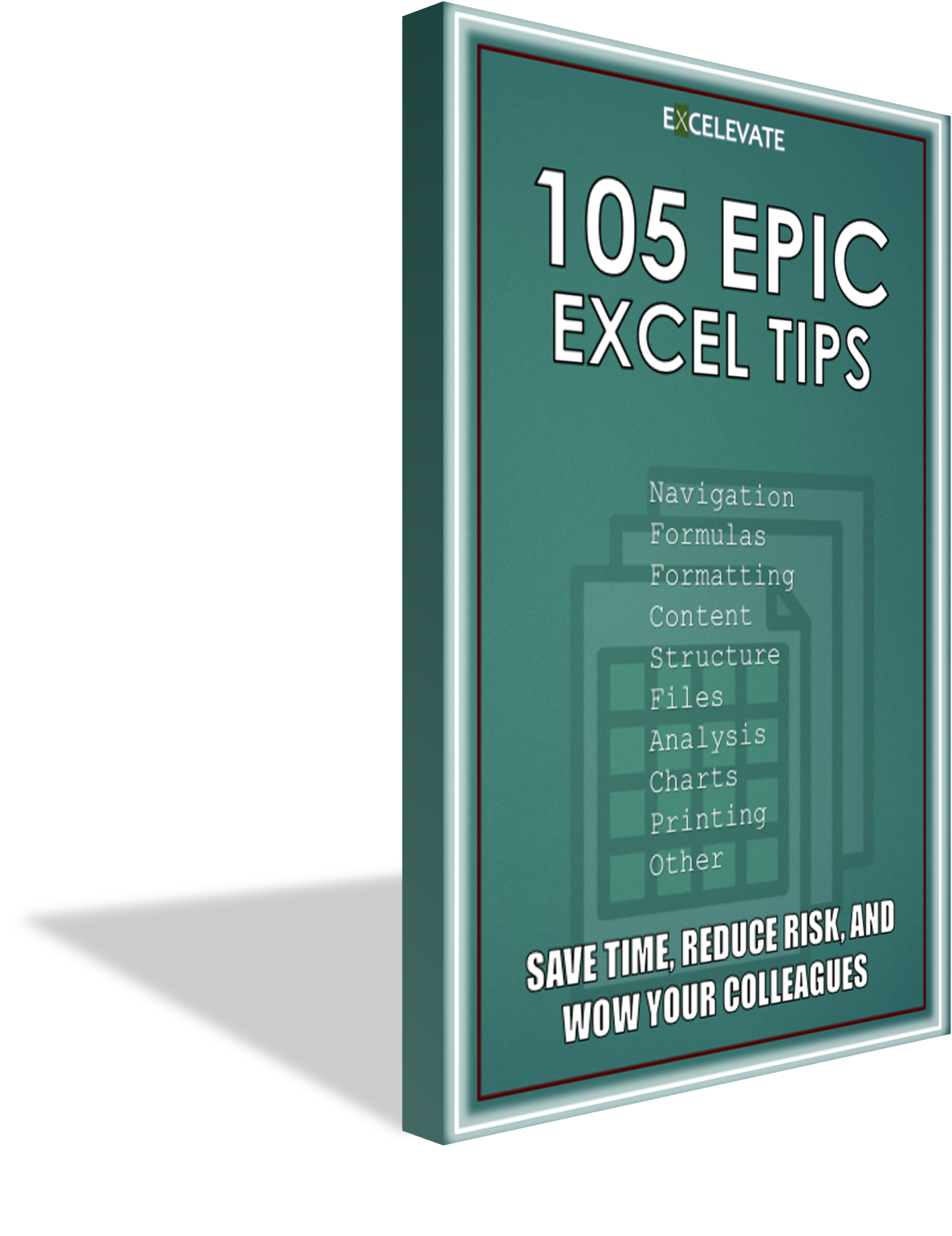 Overview
Overview
The SEQUENCE function is one of the newer dynamic array functions (DAFs) and it’s extremely versatile – whether by itself, when combined with other functions, and when built into custom functions via LAMBDA. It returns an array of sequential numbers that can update dynamically based on the references supplied in the arguments.
In this article, we’ll look at ten different examples of how you can use it in your Excel files to automate calculations – saving you time and reducing the risk of errors. Make sure to download the example file below to leverage these examples and use as a reference!
 SEQUENCE Syntax
SEQUENCE Syntax
The syntax for the SEQUENCE function is as follows:
=SEQUENCE(rows,[columns],[start],[step])
The arguments within the SEQUENCE function are:
- rows (required) – the number of rows to return. You must at least supply a comma for the row argument. If left blank, it will only return one row.
- columns (optional) – the number of columns to return. If omitted or left blank, only one column is returned.
- start (optional) – the starting value. If omitted or left blank, it defaults to 1. It can be a positive or negative whole number or decimal.
- step (optional) – the increment between each value. If omitted or left blank, it defaults to 1. It can be a positive or negative whole number or decimal.
 SEQUENCE Examples
SEQUENCE Examples










 Video
Video
 Summary
Summary
Like many other DAFs, the SEQUENCE function is super helpful and helps you automate several calculations, from a simple checklist to a complex custom formula. Even if you use it in the most basic way, you’ll grow to love it and use it often.
What’s your most creative way you’ve used the SEQUENCE function? Any other examples worth sharing? Let us know in the comments below!




Recent Comments